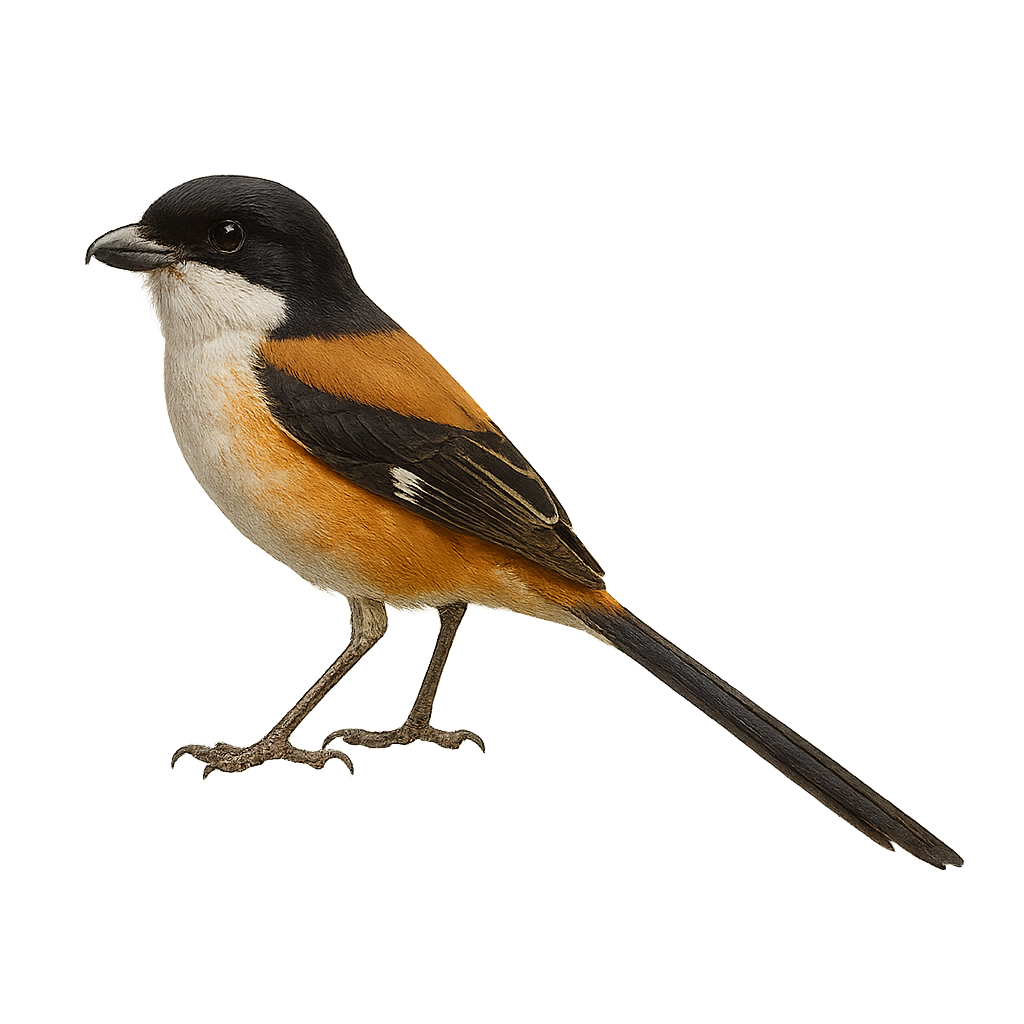Your wildlife photography guide.
Explore the long-tailed shrike in detail, study its behavior, prepare your shots.
Where to observe and photograph the long-tailed shrike in the wild
Learn where and when to spot the long-tailed shrike in the wild, how to identify the species based on distinctive features, and what natural environments it inhabits. The WildlifePhotographer app offers tailored photography tips that reflect the long-tailed shrike’s behavior, helping you capture better wildlife images. Explore the full species profile for key information including description, habitat, active periods, and approach techniques.
Long-tailed Shrike
Scientific name: Lanius schach

IUCN Status: Least Concern
Family: LANIIDAE
Group: Birds
Sensitivity to human approach: Suspicious
Minimum approach distance: 10 m
Courtship display: April to May
Incubation: 14-16 jours
Hatchings: April to June
Habitat:
open forests, agricultural areas, grasslands
Activity period :
Primarily active during the day, with peak activity in the morning and late afternoon.
Identification and description:
The Long-tailed Shrike is a medium-sized bird known for its distinctive long tail and striking plumage. It features a brown back, white belly, and a black head with a black facial mask. Often seen perched on branches or wires, it vigilantly watches over its territory. This bird is noted for its aggressive behavior towards intruders and its ability to capture prey larger than itself, often impaling them on thorns or barbed wire. The Long-tailed Shrike is an opportunistic predator, primarily feeding on insects, small birds, and rodents. It is widely distributed across Asia, particularly in India, China, and Southeast Asia, inhabiting various environments from open forests to agricultural areas.
Recommended lens:
400 mm – adjust based on distance, desired framing (portrait or habitat), and approach conditions.
Photography tips:
To photograph the Long-tailed Shrike, it's advisable to use a telephoto lens of at least 400mm to capture detailed images without disturbing the bird. Look for areas where the bird is active, such as forest edges or open fields. Be patient and discreet, as this bird can be suspicious. Use a tripod to stabilize your camera and wait for the bird to perch on a branch or wire for a sharp shot. Take advantage of the natural light in the morning or afternoon for more vibrant colors.
The WildlifePhotographer App is coming soon!
Be the first to explore the best nature spots, track rutting seasons, log your observations, and observe more wildlife.
Already 1 432 wildlife lovers subscribed worldwide

